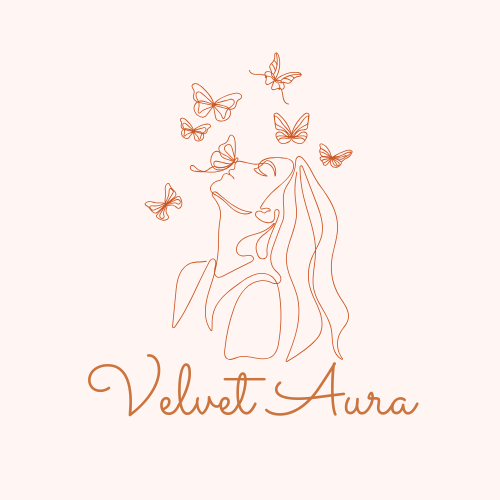
🪶 Velvet Textures: Concept Overview
Velvet is more than a fabric—it’s a sensory experience. Known for its smooth pile and soft, rich surface, velvet exudes a timeless elegance. It’s historically associated with royalty, luxury, sensuality, and emotional depth. In design, velvet is both visual and tactile—catching light in dramatic ways while inviting physical touch.
Velvet textures whisper rather than scream. They add sophistication, warmth, and quiet opulence to anything they touch.
🧩 Core Contents of Velvet Textures
1. Tactile Qualities
Softness: The most defining feature—inviting, calming, luxurious.
Depth: The fabric’s pile absorbs and reflects light, creating rich shadows and movement.
Weight: Velvet has a sense of presence—both heavy and fluid, it drapes beautifully.
2. Visual Characteristics
Lustre: Velvet’s subtle sheen changes with light direction, giving it a “living” quality.
Color Saturation: Velvet holds color deeply—making jewel tones (emerald, burgundy, navy) especially vibrant and moody.
Light Play: Creates dramatic contrast and visual interest with minimal effort.
3. Types of Velvet
Crushed Velvet: Irregular surface texture, trendy and expressive.
Silk Velvet: Ultimate in luxury—smooth, lightweight, and luminous.
Velour: A more casual, stretchable alternative.
Cotton Velvet: Matte, dense, ideal for upholstery and fashion.
Embossed/Brocade Velvet: Patterned and ornamental for high-drama looks.
🌟 Importance of Velvet Textures
Evokes Emotional & Sensory Depth
Velvet has emotional weight—it conveys intimacy, nostalgia, sensuality.
Timeless Luxury
Whether in Renaissance palaces or modern runways, velvet never goes out of style.
Elevates Space or Style Instantly
Even a single velvet element—curtain, cushion, blazer—adds depth and richness.
Versatile Across Contexts
Works beautifully in fashion, interior design, branding, packaging, and photography.
Symbolic Power
Velvet suggests softness with strength, passion with poise—perfect for deeper storytelling.
✅ Tips for Using Velvet Textures Successfully
Let It Breathe
Velvet makes a statement. Surround it with neutral or matte elements to let it shine.
Pair with Contrasts
Match velvet with natural textures (wood, stone, linen) to balance softness with structure.
Mind the Lighting
Use soft, directional lighting to highlight its light-absorbing qualities.
Choose the Right Colors
Jewel tones or muted neutrals work best; avoid overly bright or synthetic colors.
Maintain Carefully
Velvet needs gentle care—steaming instead of ironing, and soft brushing to restore the pile.
Use Sparingly in Branding
Too much can feel heavy—use velvet effects (textures, photos, or finishes) in key design moments to leave a lasting impression.
🌀 Conclusion: The Velvet Experience
Velvet textures embody a luxurious paradox—soft yet strong, subtle yet commanding, nostalgic yet modern. They invite the viewer or wearer into a tactile experience that is both physical and emotional. Whether you’re designing a space, styling a look, or building a brand, velvet adds a quiet, powerful richness that whispers elegance.
Velvet isn’t just seen or touched—it’s felt. And that’s what makes it unforgettable.

